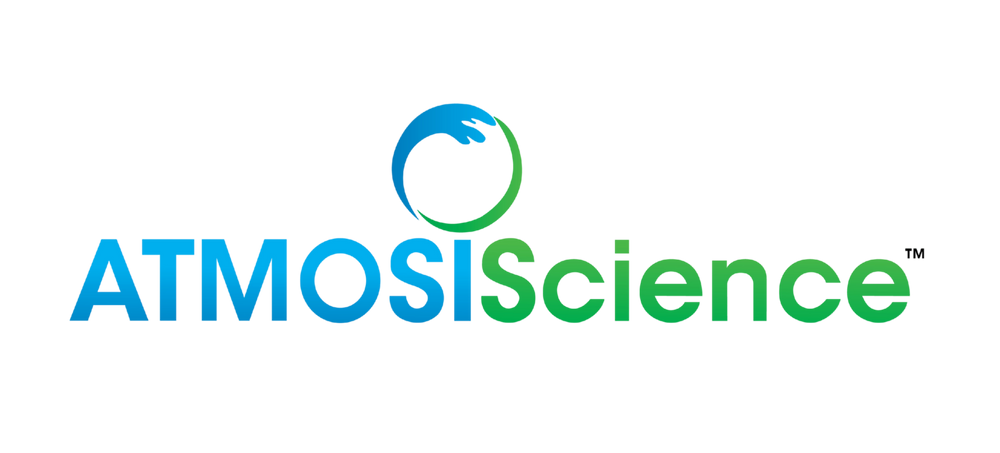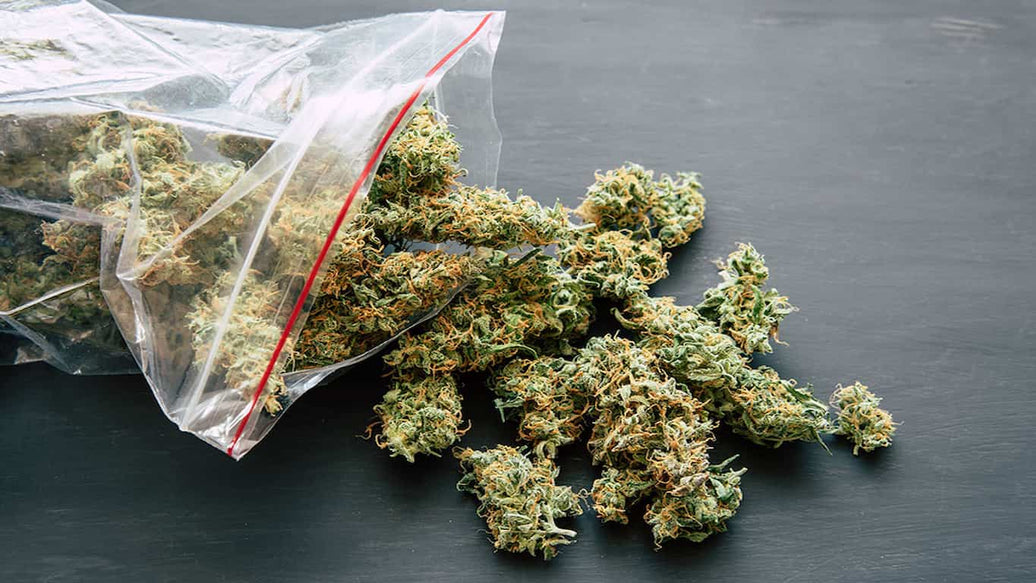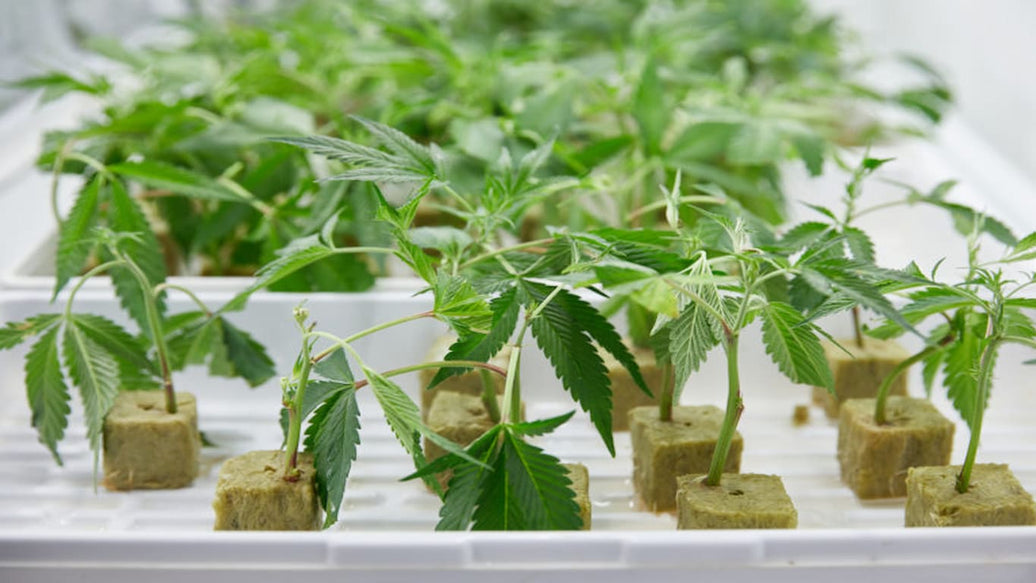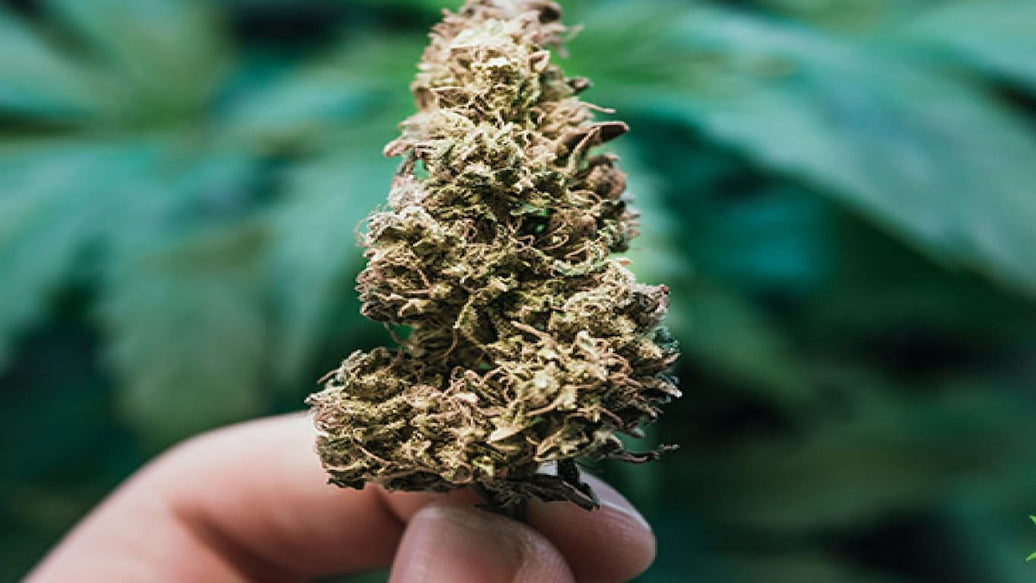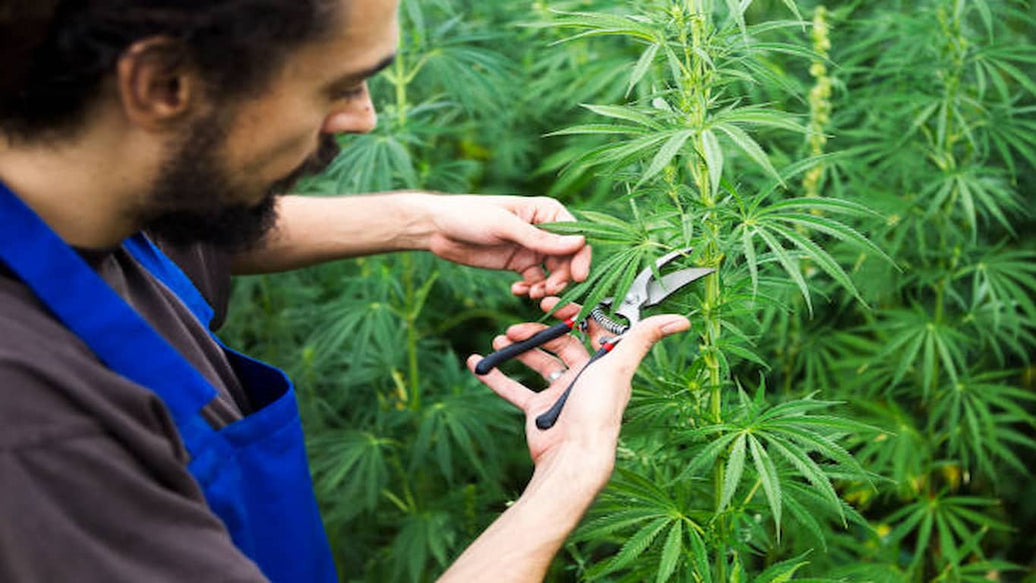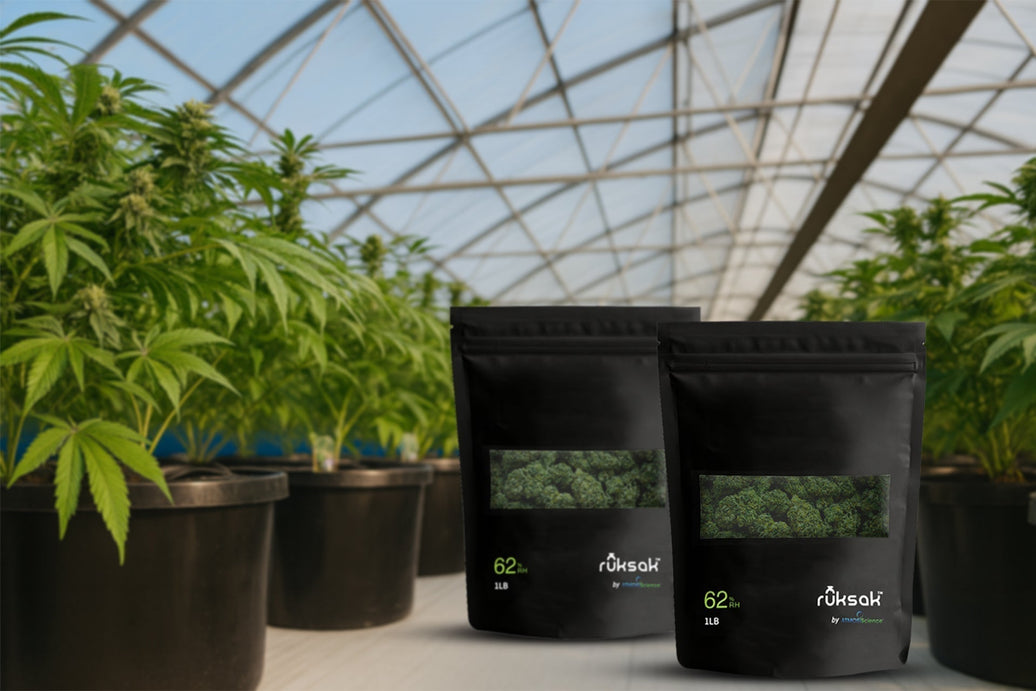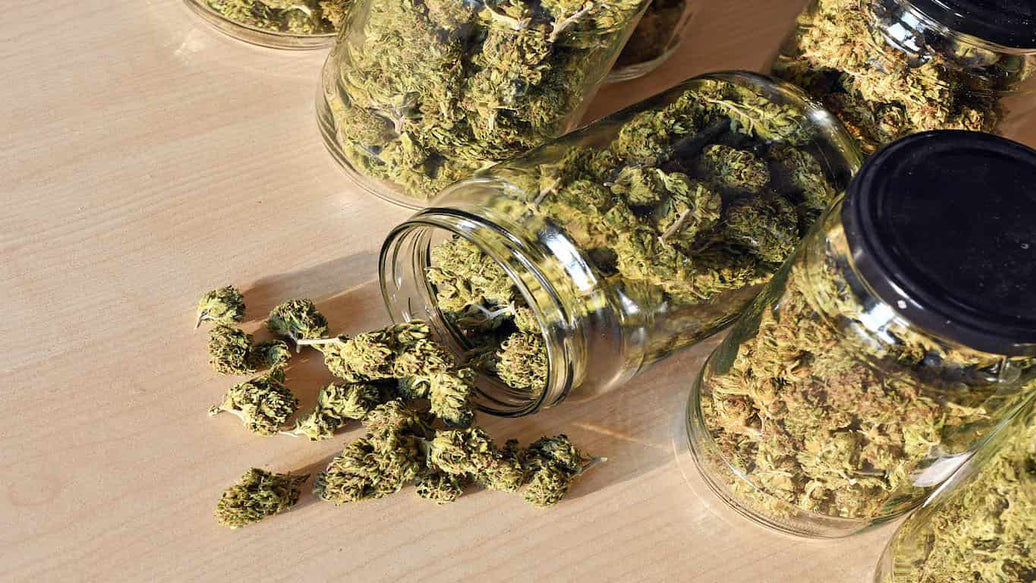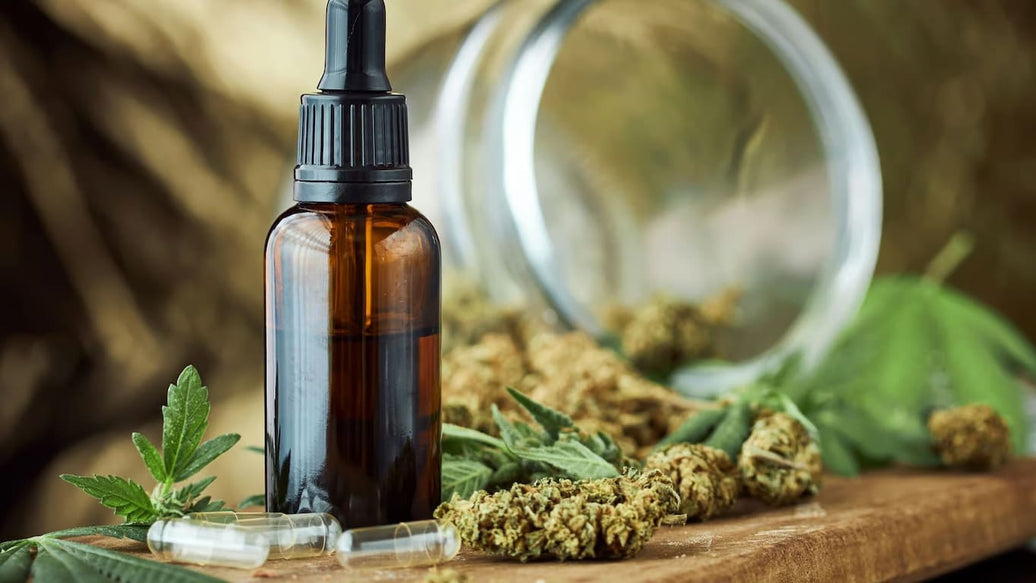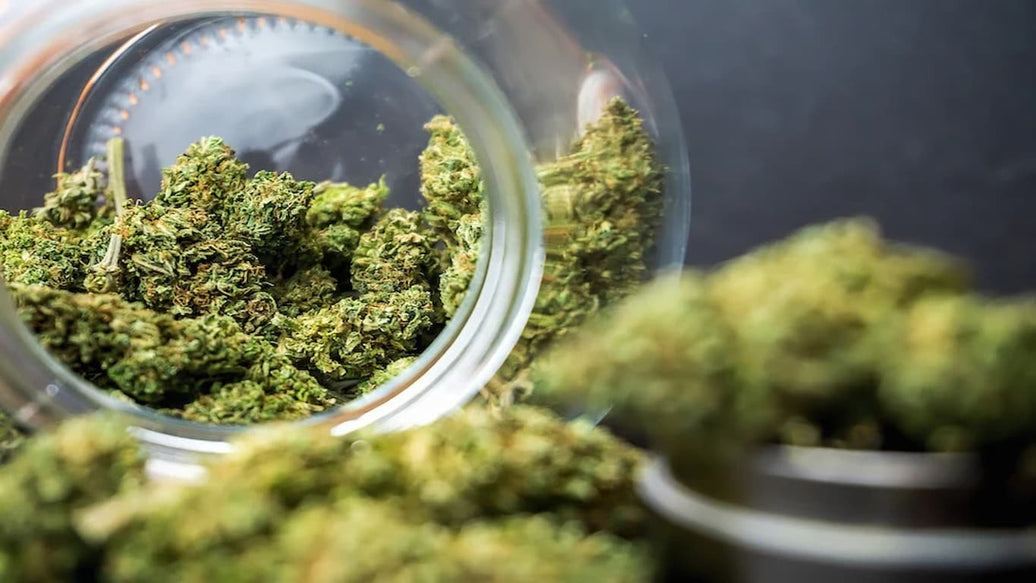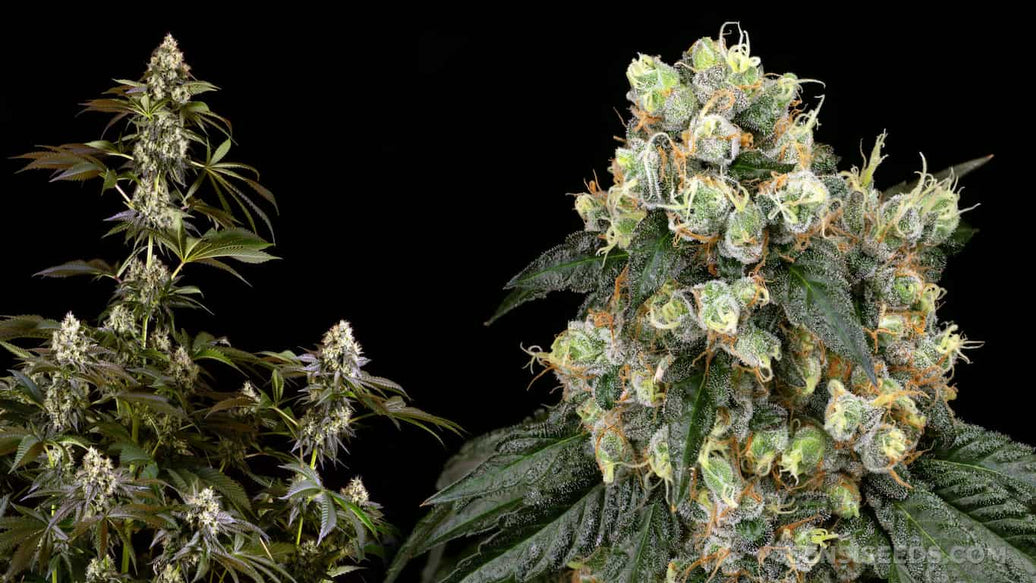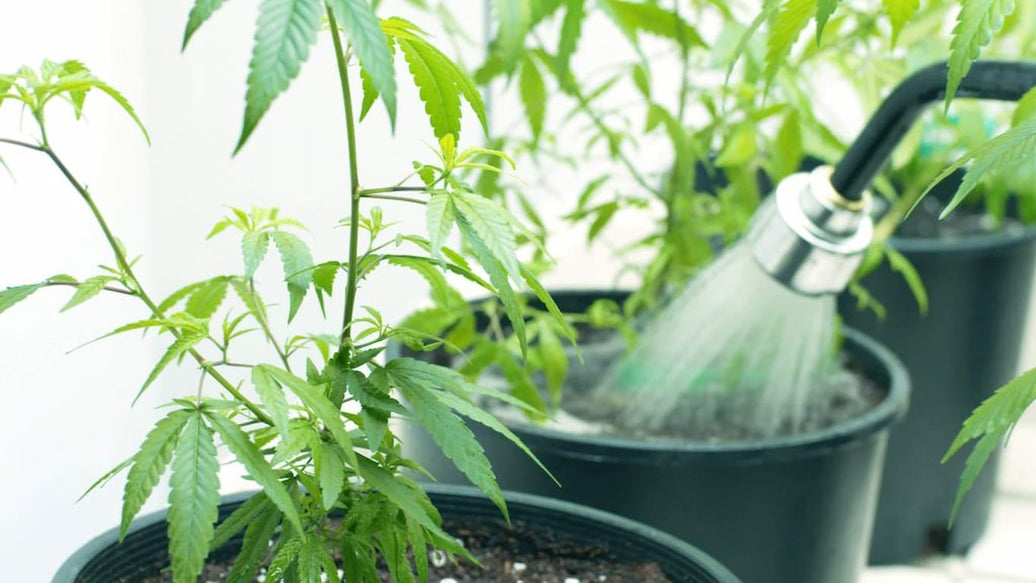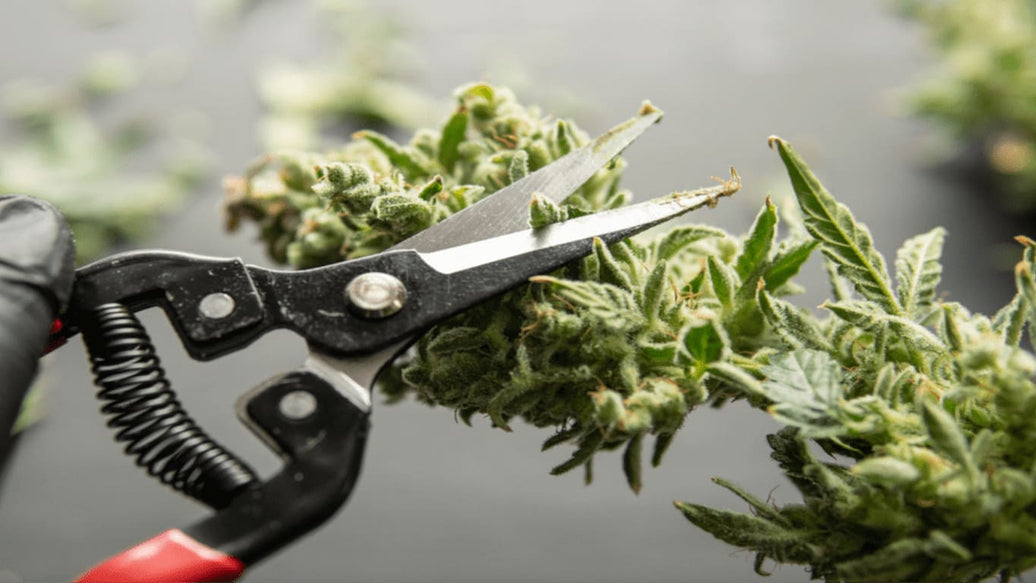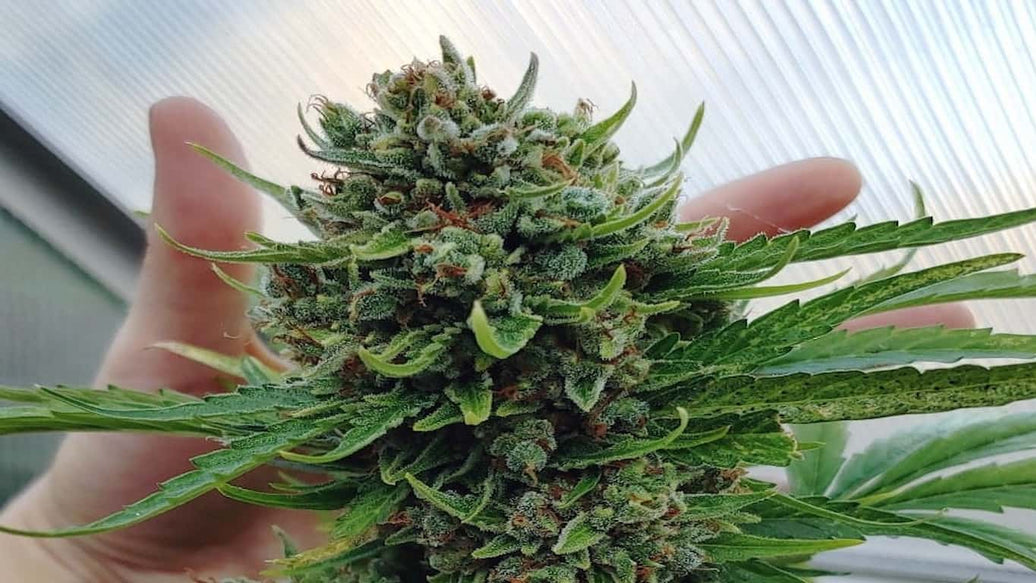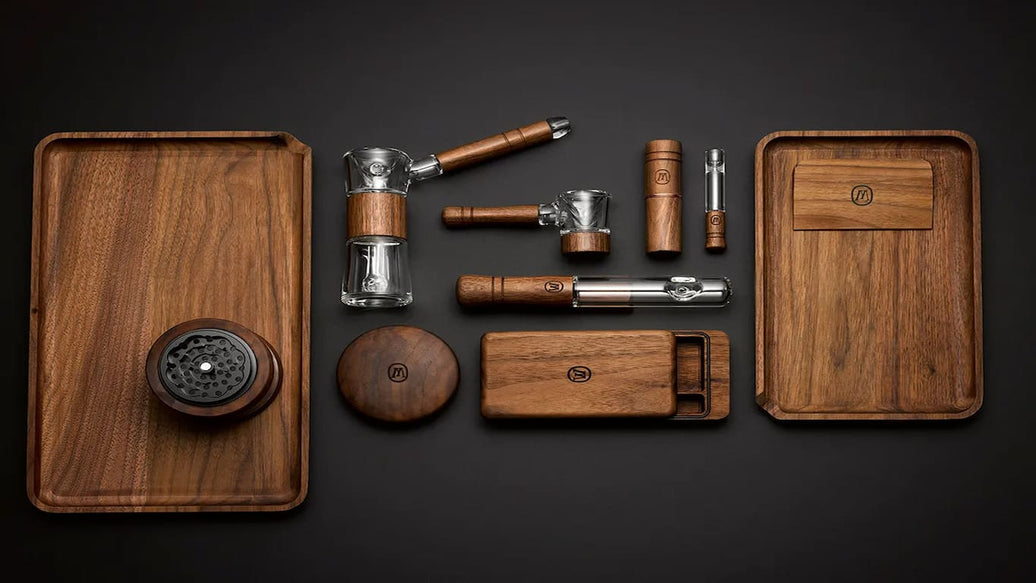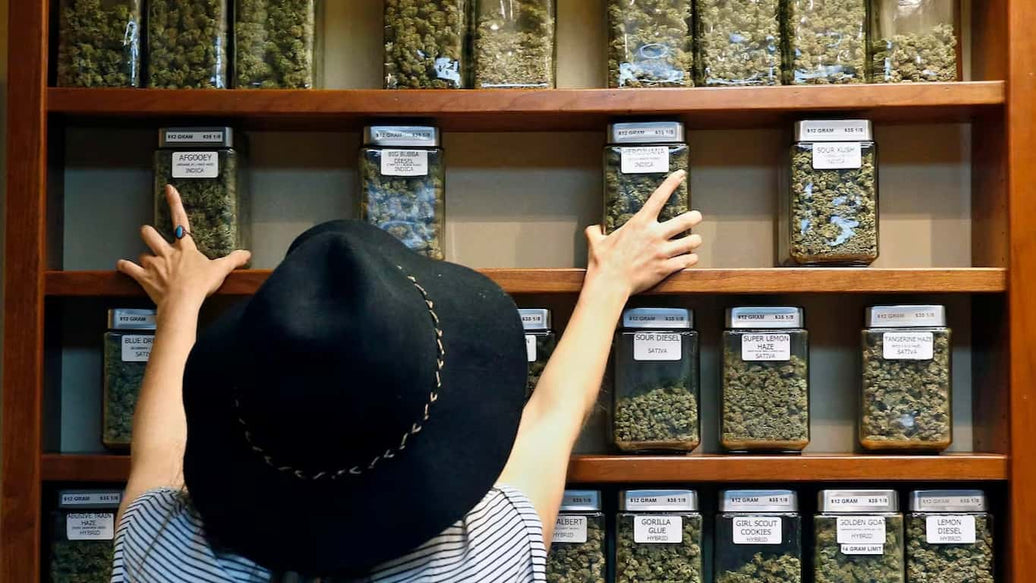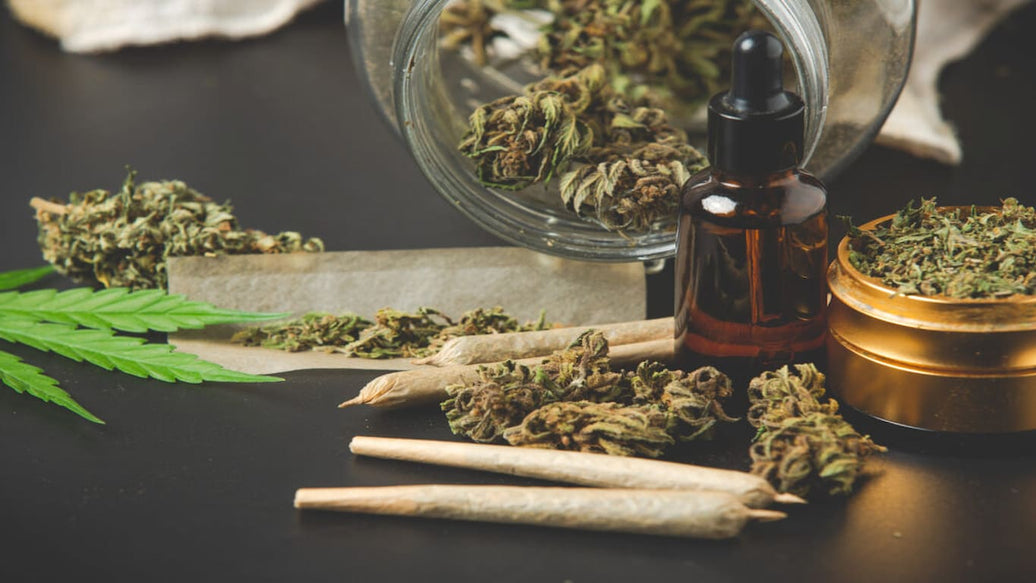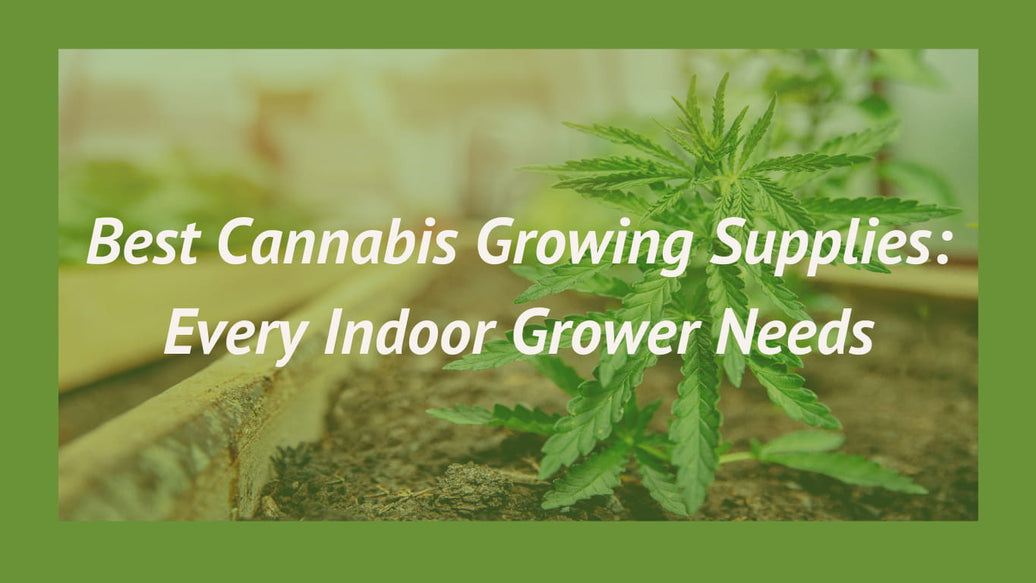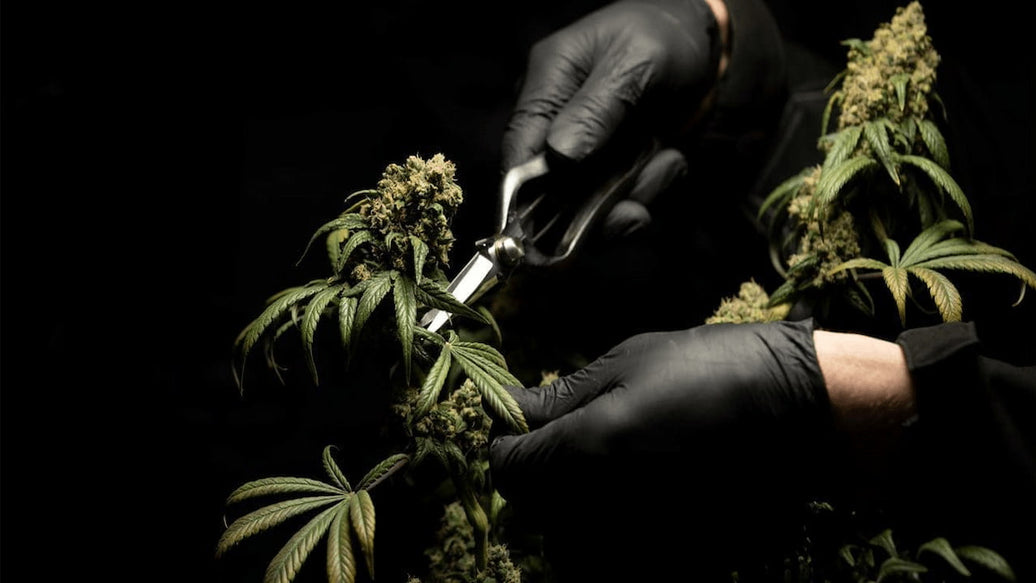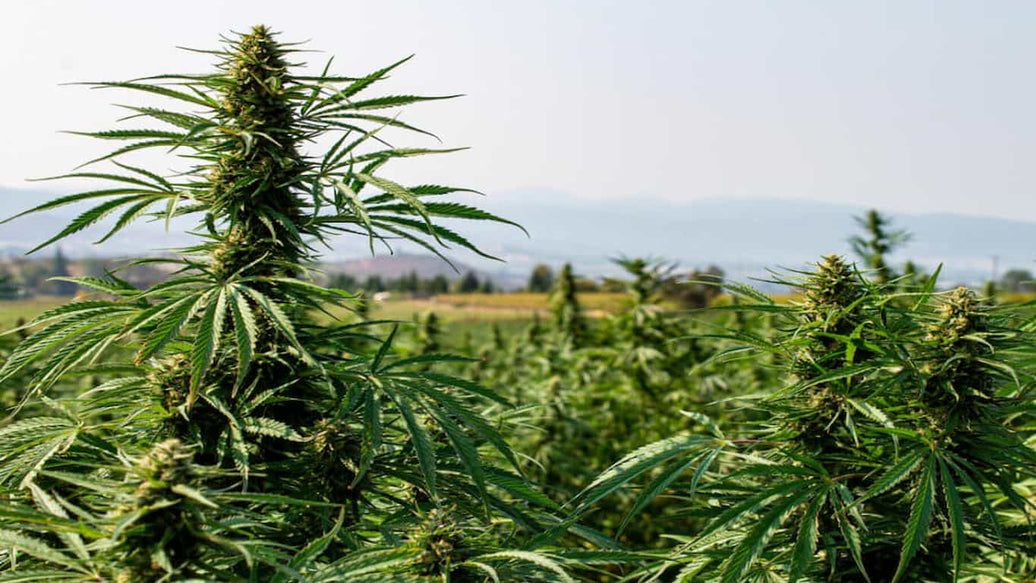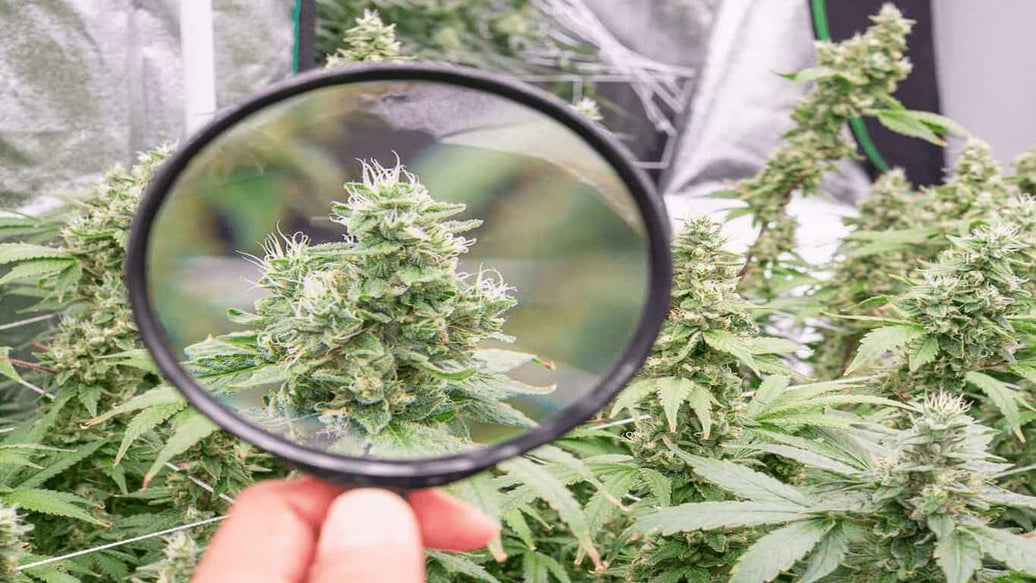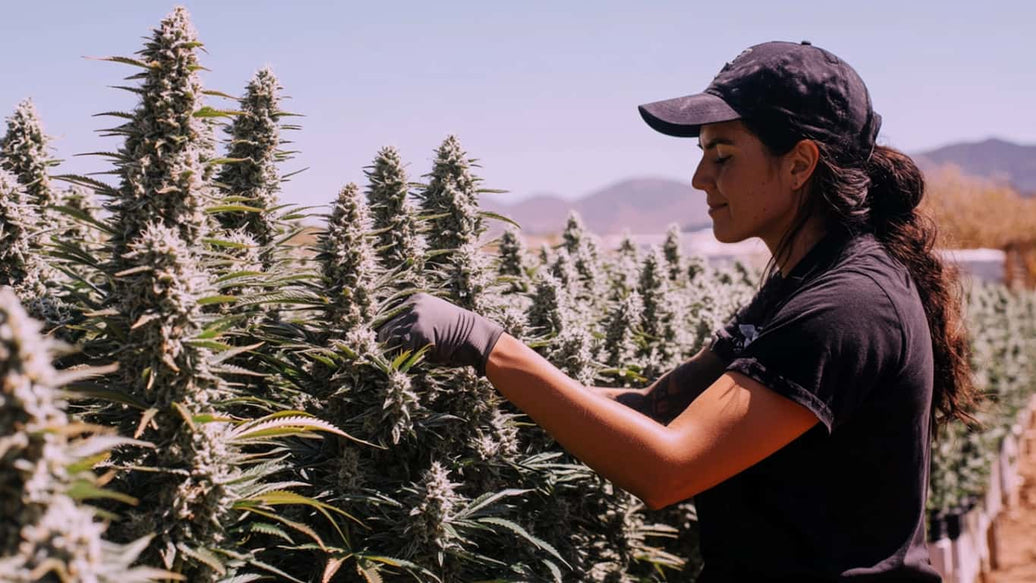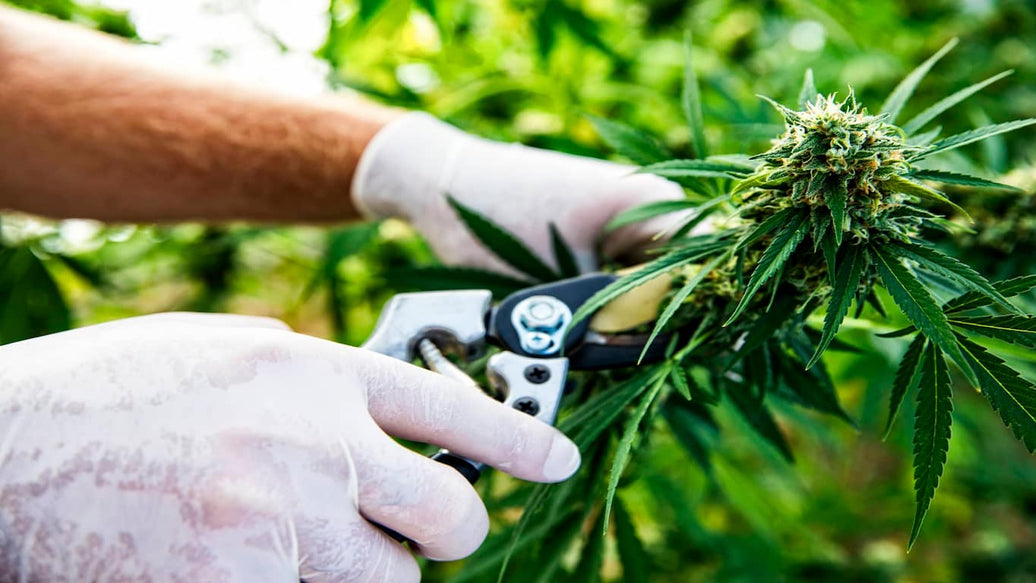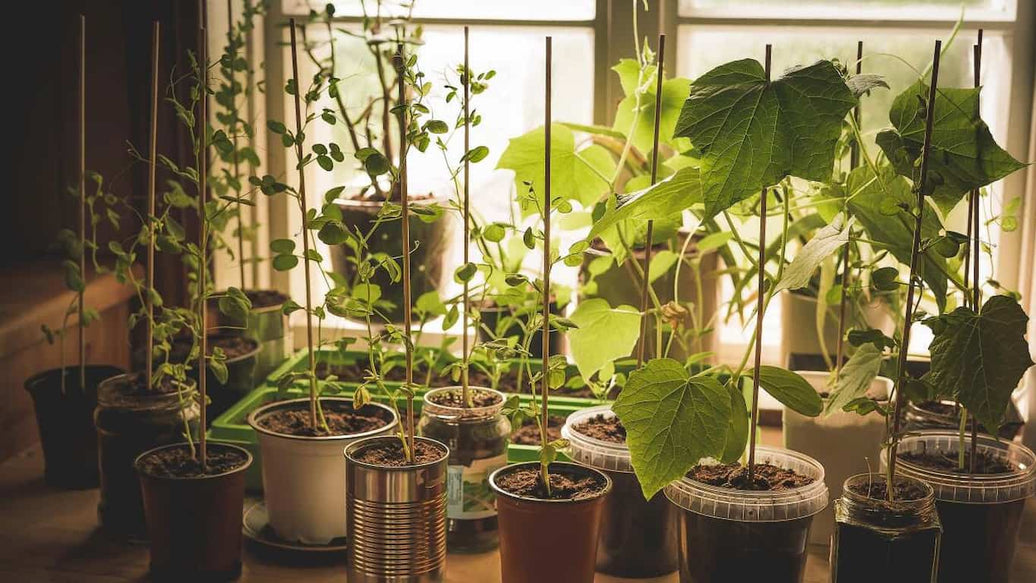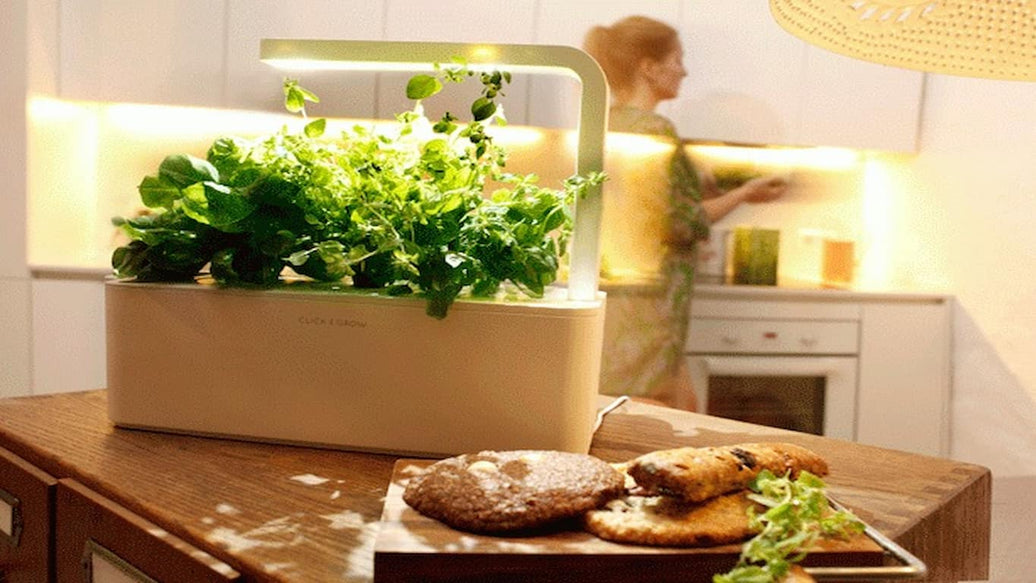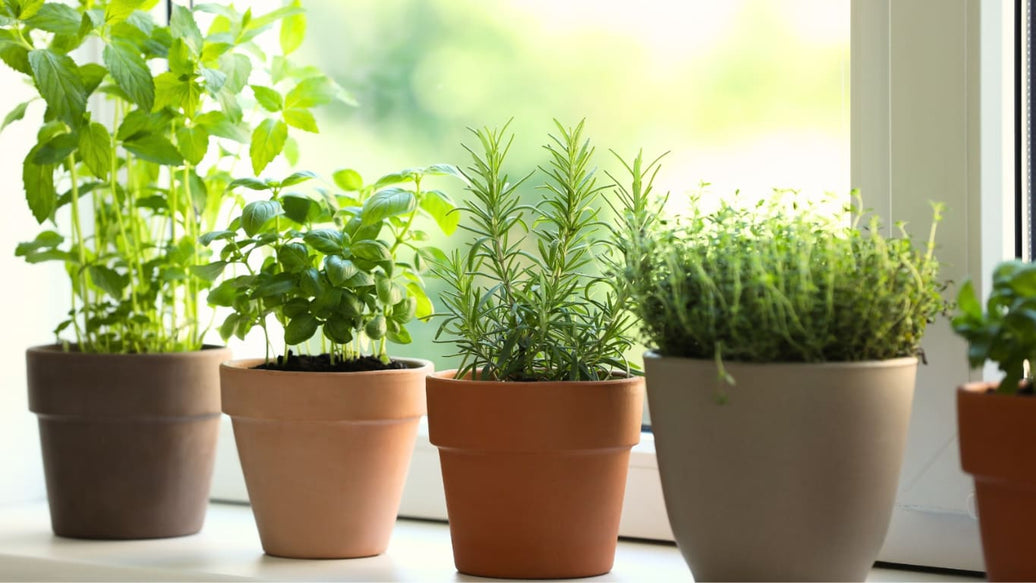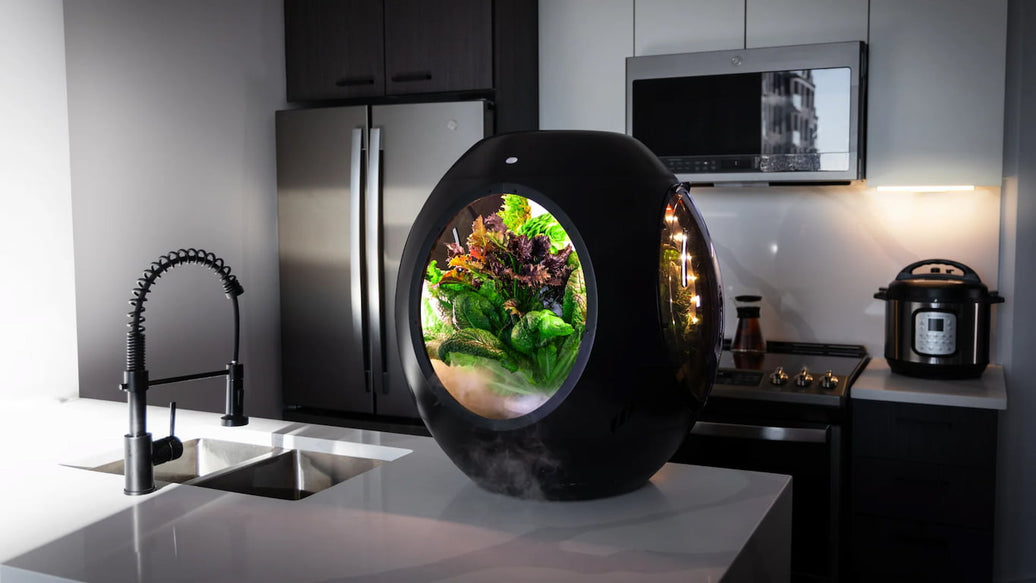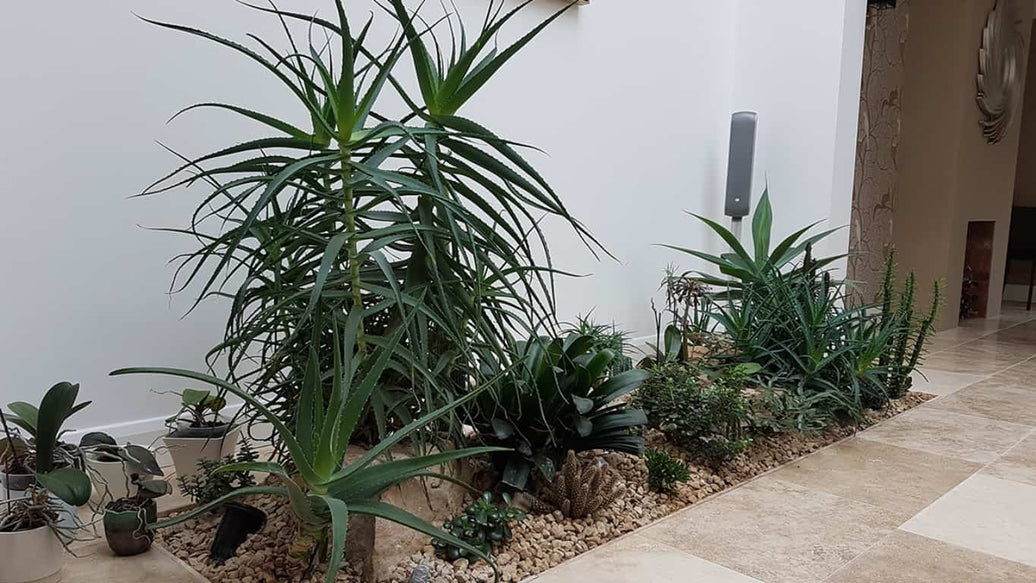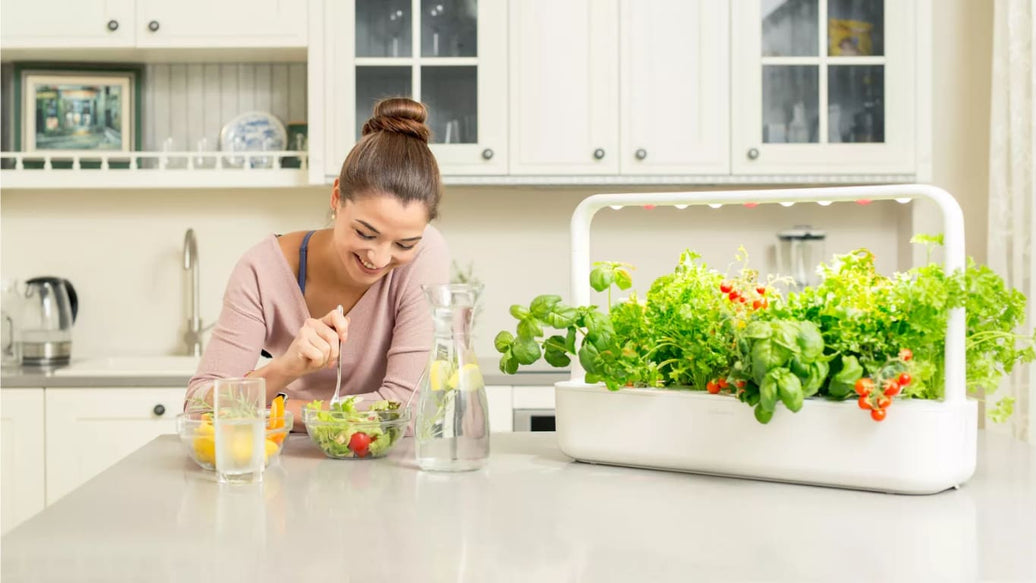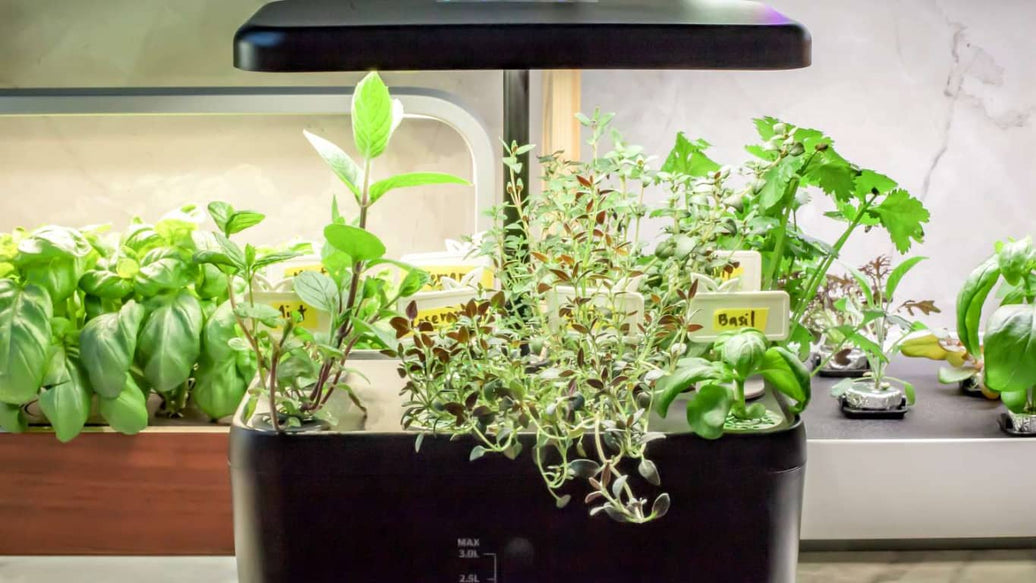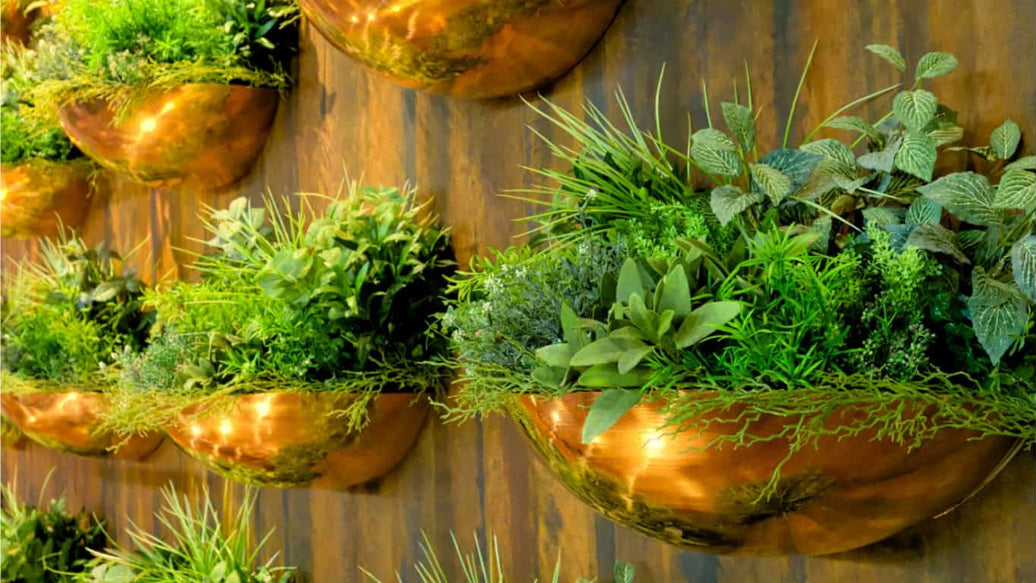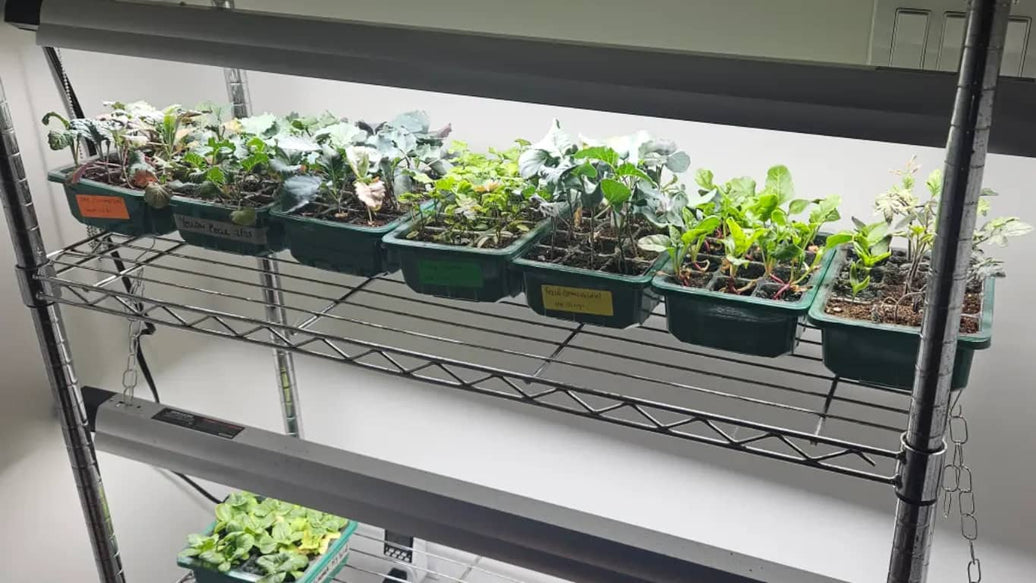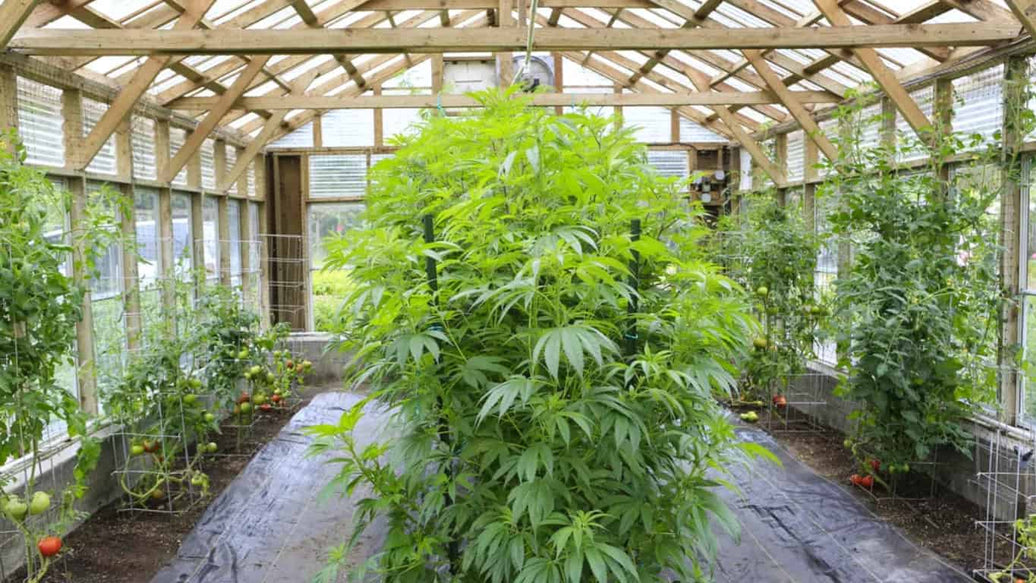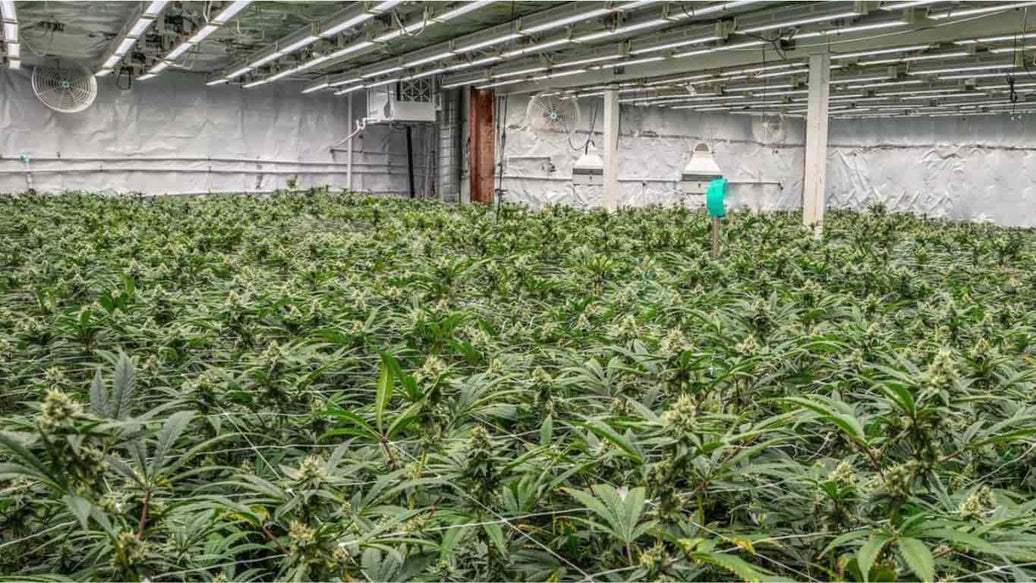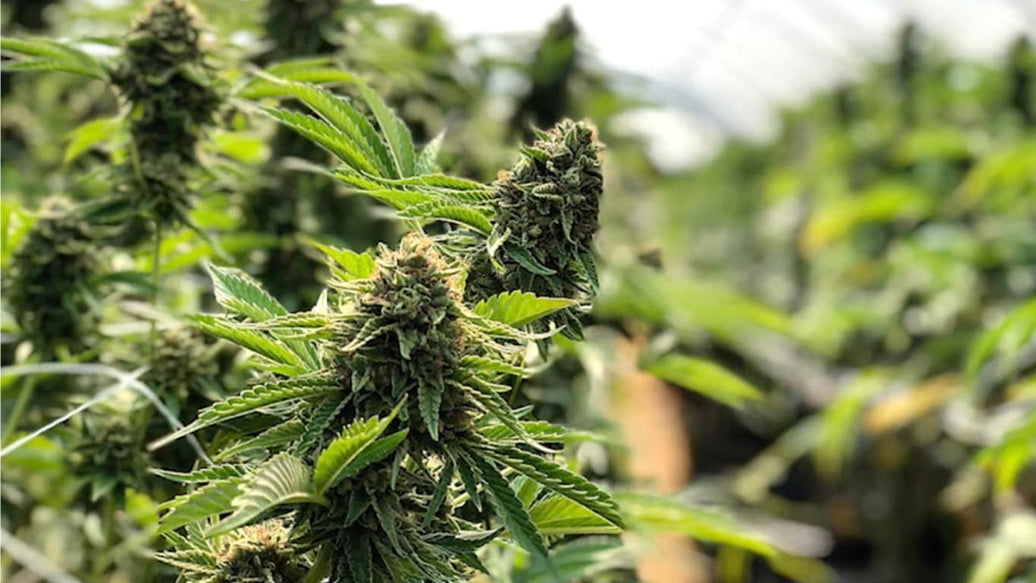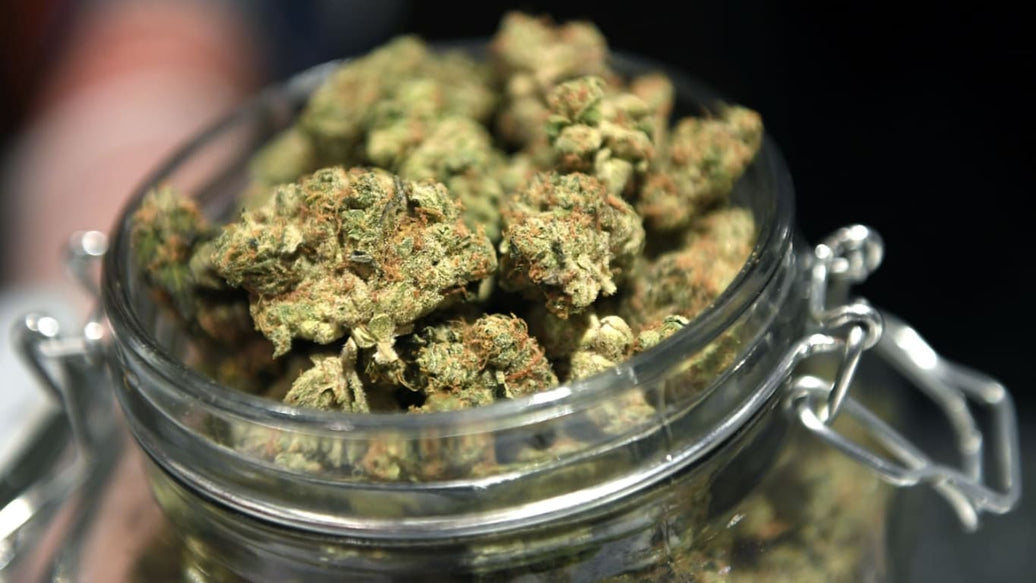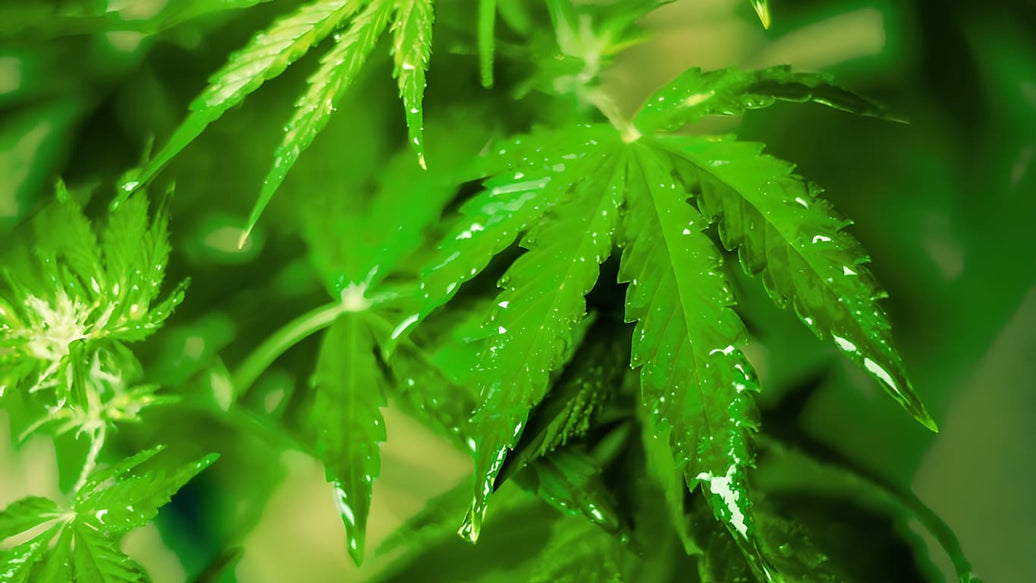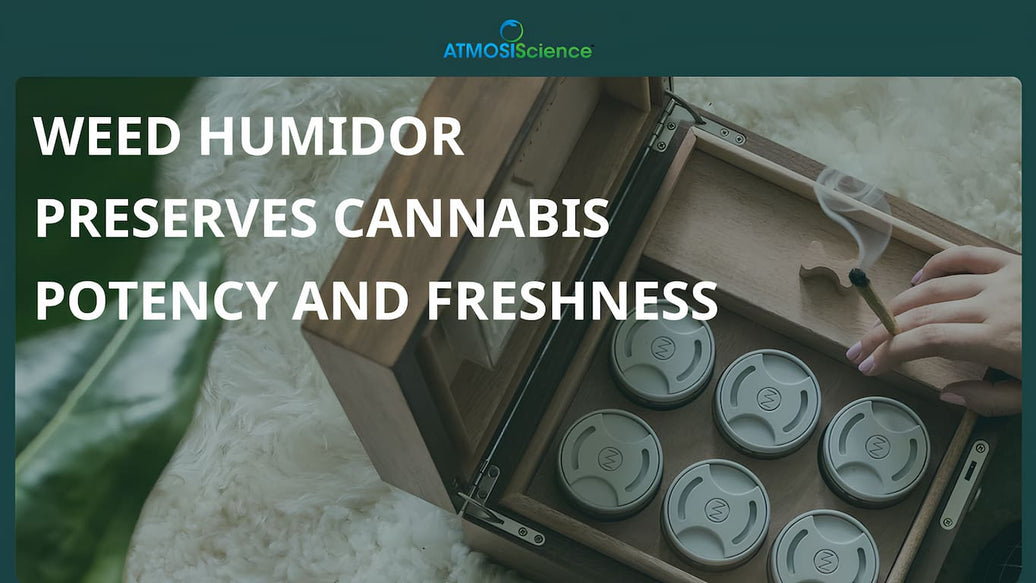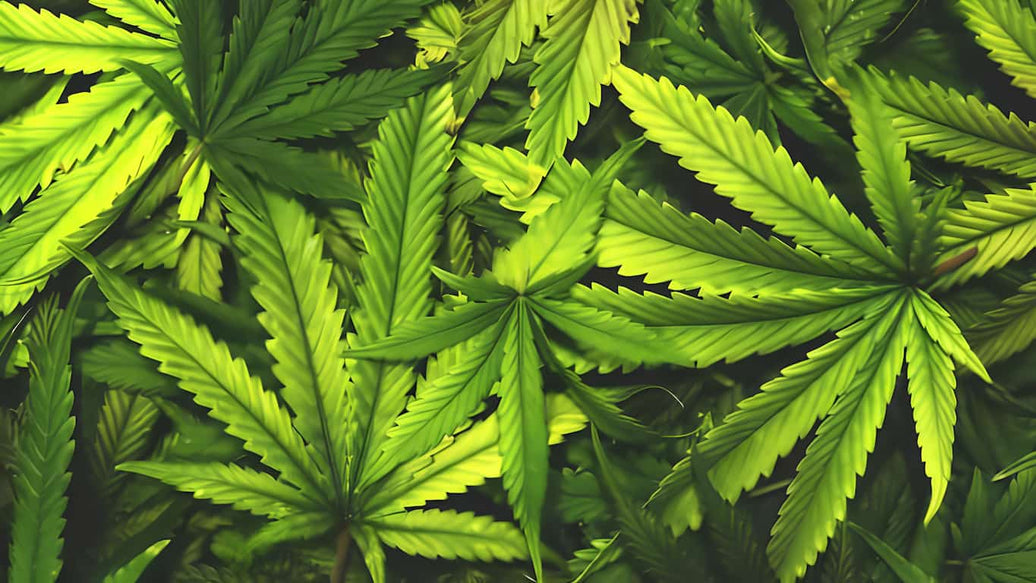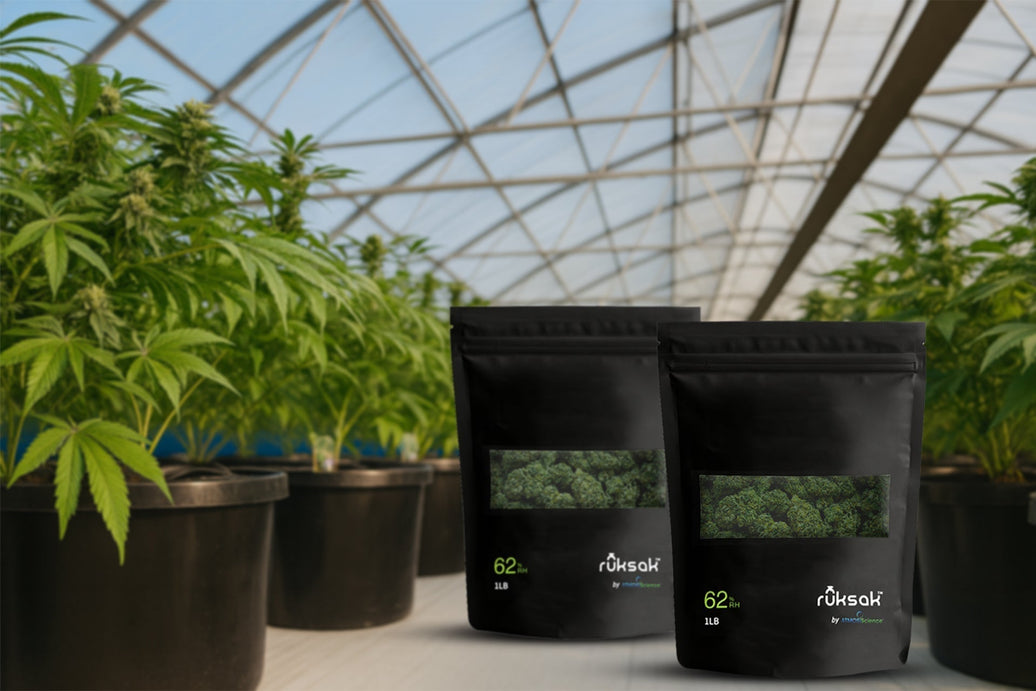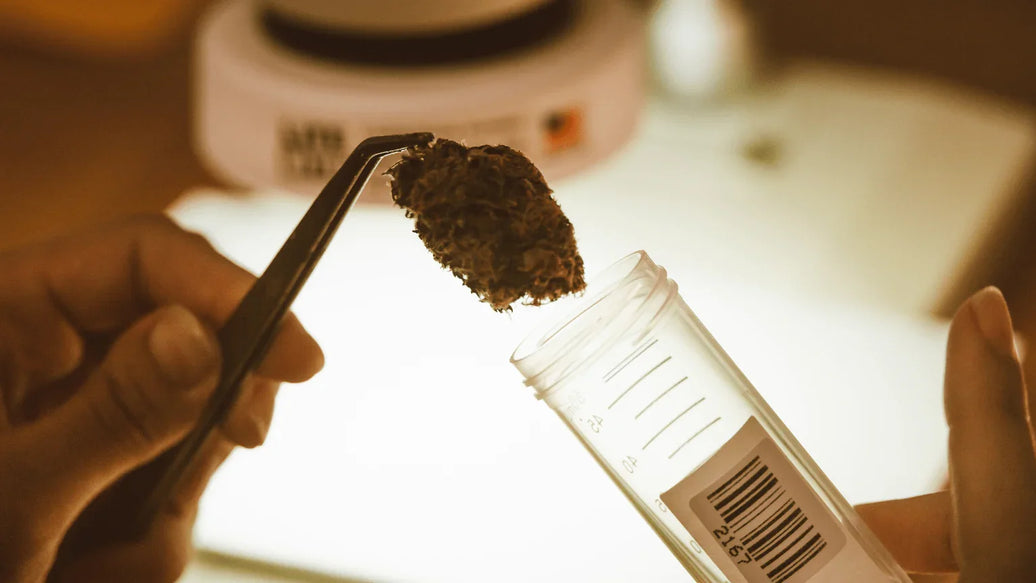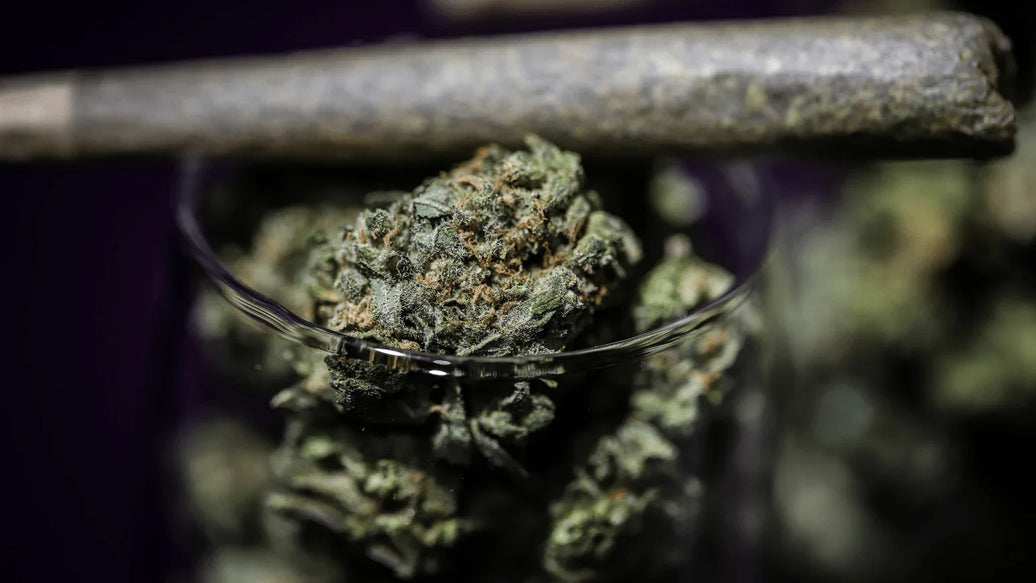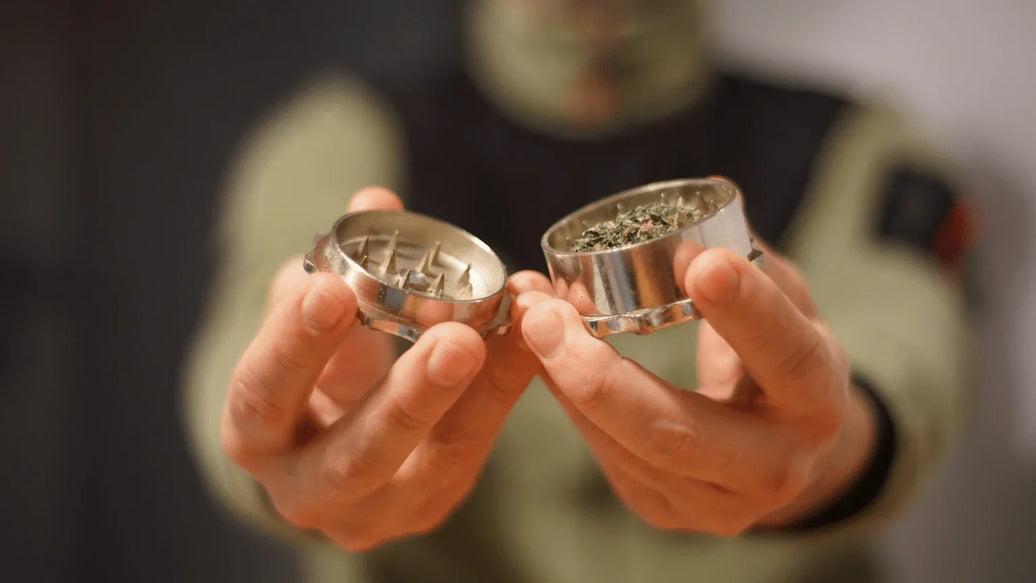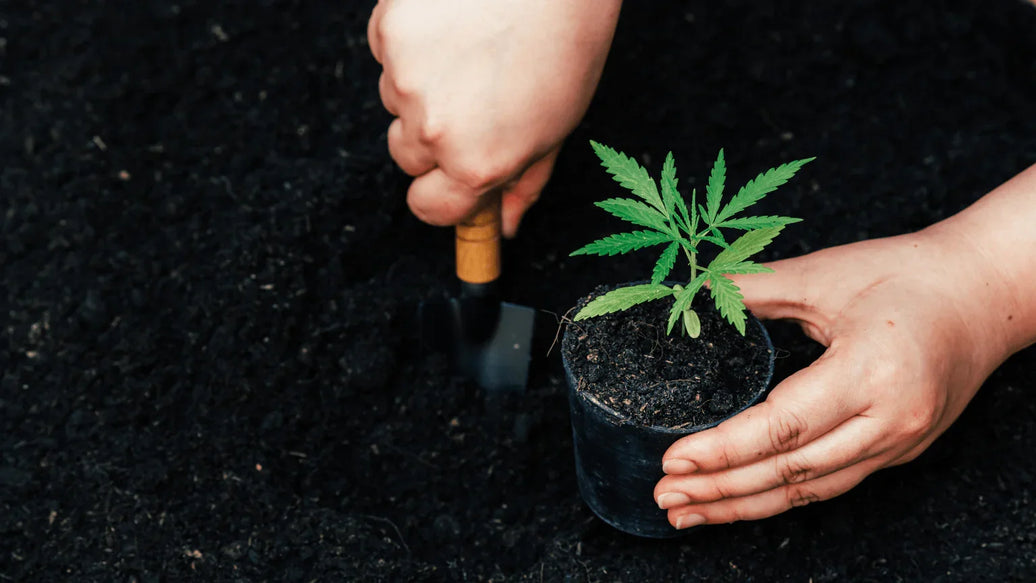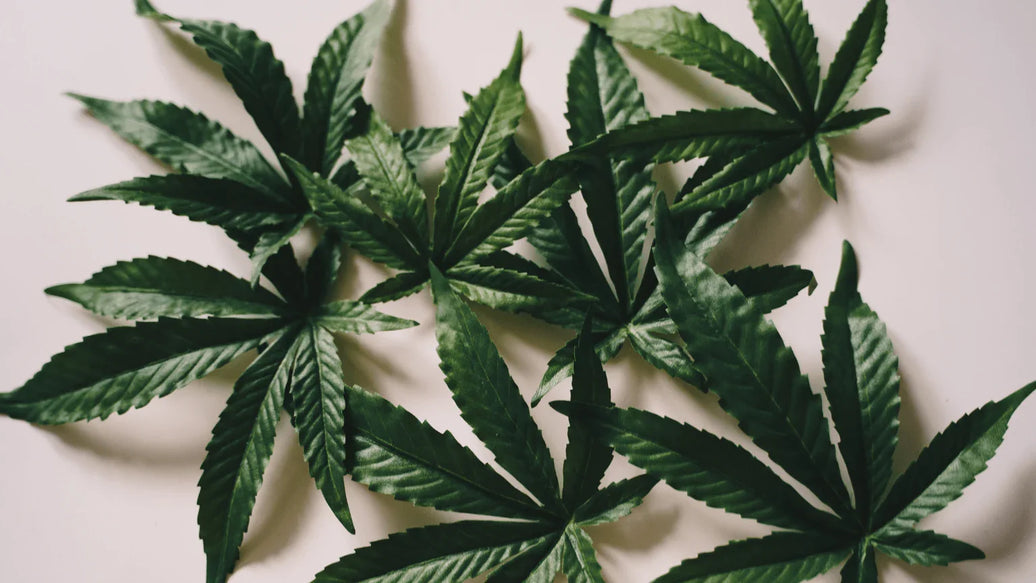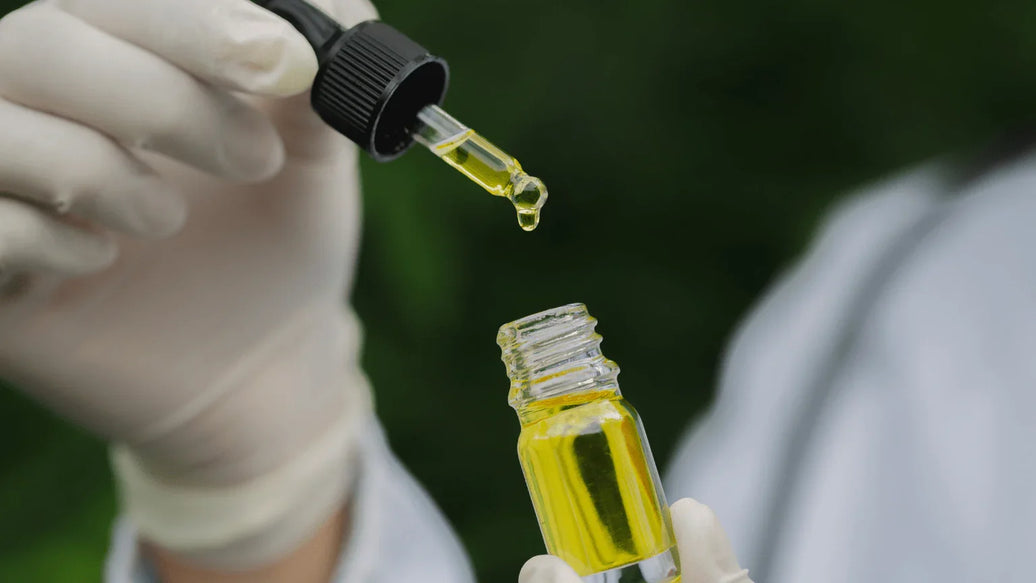Creating an indoor herb and vegetable garden has become a popular solution for growing fresh produce regardless of season or outdoor conditions. Leveraging the principles of controlled-environment agriculture, these gardens optimize light, temperature, humidity, and nutrients to maximize plant growth and quality all year long.

What is controlled-environment agriculture?
Controlled-environment agriculture (CEA) is a technology-assisted approach to farming that manipulates environmental conditions to optimize plant development. In an indoor herb and vegetable garden, growers control factors like light spectrum and intensity, temperature, humidity, and nutrient delivery systems to promote healthy growth and high yields.
Using soilless hydroponic systems, such as the Nutrient Film Technique (NFT), water use can be reduced by up to 90% compared to traditional soil gardening. This results in better resource efficiency while producing more nutritious and flavorful herbs and vegetables.

Modern indoor herb gardens combine sensors and automated climate controllers to monitor and adjust conditions continuously. This precision ensures that plants grow in their ideal environment without stress or nutrient deficiencies.
The importance of light management in indoor gardens
Light is the most critical growth factor in any indoor vegetable garden. Plants convert light energy into chemical energy through photosynthesis, which drives growth and phytochemical development.
Research shows that specific LED light spectra boost both biomass and nutritional value in herbs. For example, a red-to-white light ratio of approximately 3:1 combined with blue light improves basil’s growth and essential oil content. Leafy greens like lettuce benefit from full-spectrum LED lights tuned to optimize photosynthetic photon flux density (PPFD).
Temperature control is key when using powerful LEDs. Ideal growing temperatures range from 20-25°C (68-77°F) to prevent heat stress while maintaining photosynthetic efficiency. Supplemental CO₂ enrichment (500-1000 ppm) has also been shown to further increase photosynthesis and yields when combined with proper lighting.

Hydroponic nutrient delivery systems
Hydroponic methods are widely used in indoor herb gardens due to their water efficiency and nutrient control. In the Nutrient Film Technique, a thin flow of nutrient-rich water circulates over roots providing continuous access to oxygen and minerals.
Studies comparing NFT to deep-water culture systems found that NFT delivers about 23% higher fresh yields for crops like lettuce. Proper management of electrical conductivity (EC) and pH is essential; for example, basil grows best at EC 1.0-1.6 dS/m and pH 5.5-6.8.
Water flow rates well-balanced at around 20 liters per hour prevent root suffocation and maximize nutrient uptake, ensuring optimal plant health and productivity.
Regular monitoring and adjustment of nutrient solutions based on crop needs prevent deficiencies that can impact flavor, growth, and harvest timing.

Environmental controls: Temperature, humidity, and CO₂
Maintaining stable environmental variables like temperature (20-24°C) and relative humidity (50-70%) is fundamental for disease prevention and vigorous growth in indoor herb and vegetable gardens.
Vapor pressure deficit (VPD) management balances moisture in the air with plant transpiration rates to optimize nutrient uptake and reduce stress, a parameter increasingly utilized in commercial CEA systems.
Carbon dioxide enrichment complements these conditions by enhancing photosynthesis and accelerating growth when applied carefully without overexposure.
Choosing and caring for crops

Basil, mint, and parsley are popular choices for indoor herb gardens because of their compact growth and culinary versatility.
- Basil prefers warm temperatures (~22°C), moderate humidity, and longer photoperiods.
- Mint thrives in cooler, moist environments and adapts well to vertical or hydroponic systems.
- Parsley requires stable pH and consistent light cycles, with slightly slower growth making it suitable for planned harvesting.
Leafy greens like lettuce, kale, and spinach also adapt well to indoor cultivation with rapid growth cycles and high nutrient density.
Dwarf fruiting plants such as cherry tomatoes and mini peppers are options for advanced setups with sufficient space and light.
Getting started and beyond
Launching an indoor herb and vegetable garden requires choosing appropriate containers, investing in quality LED lights, and selecting reliable sensors for monitoring.
Start simple with herbs like basil and mint, which tolerate variable conditions and grow quickly, before advancing to complex setups with fruiting vegetables.
Regular pruning encourages bushier growth and harvests, while automating data collection and environmental control can unlock higher yields and consistent quality over time.

Conclusion
Indoor herb and vegetable gardens enabled by controlled-environment agriculture provide a practical pathway to fresh, nutritious produce all year. By carefully managing light, temperature, nutrients, and humidity, growers can optimize harvests and reduce resource usage.
